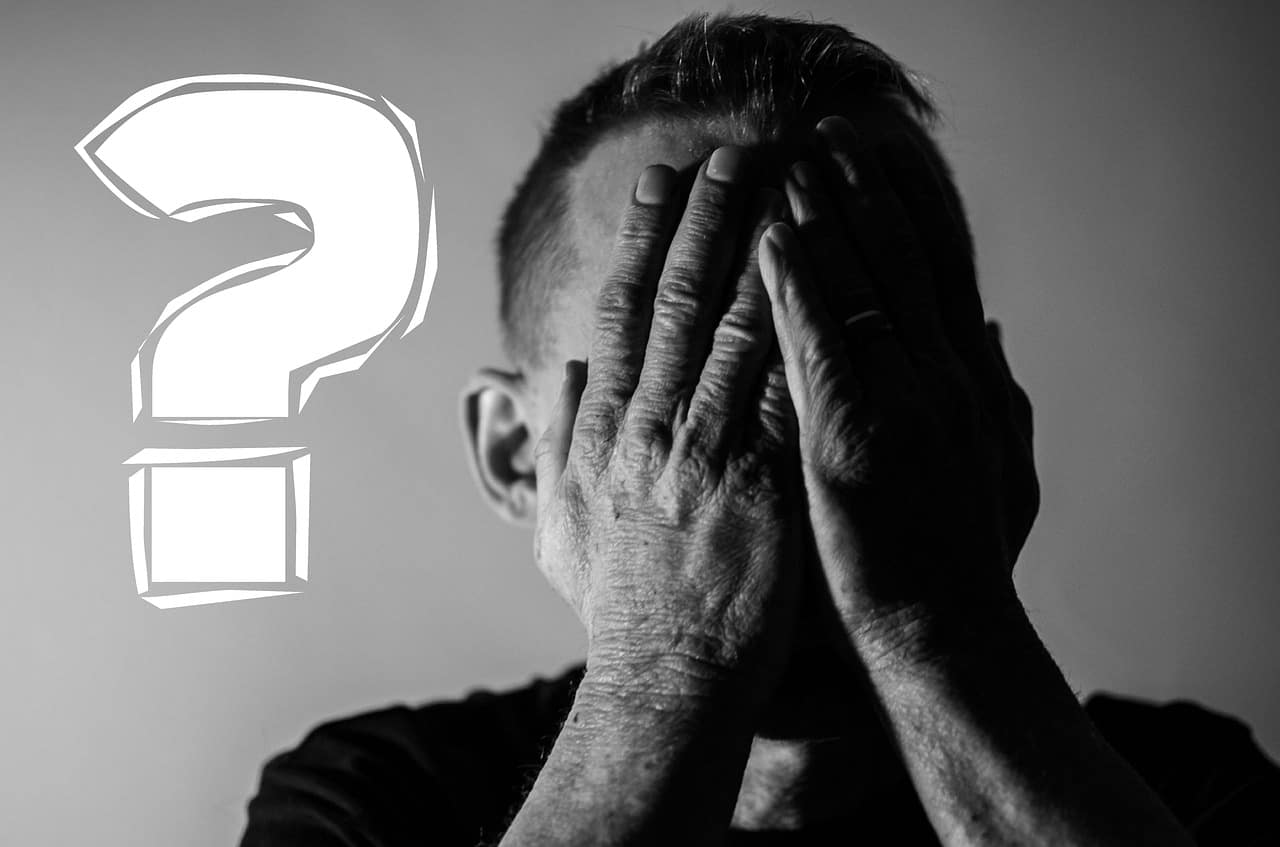If you do something stupid, people may say you have shot yourself in the foot. If you do something without thinking about the consequences, they say you have gone off half-cocked. If you got lucky, you dodged a bullet.
One of the barriers to getting a gun for me was safety. I imagined myself dropping the gun and causing it to go off.
Indeed, this used to happen. In the Old West a gunslinger had to keep his cylinder on an empty chamber because an old single action revolver could go off if he dropped it and the hammer was hit when it landed.
This is called an accidental discharge or a negligent discharge.
Dropping your gun means losing control of it completely. As it falls to the ground it may change direction and end up pointing at you. An accidental discharge could go in any direction.
The Gun Is Not Likely to Fire If You Drop It
Multiple technological advances have improved gun safety. Guns made in the past decade will not go off if you drop them because of the following barriers:
- Stiff trigger pull
- Firing pin block, also called drop safety
- Hammer block
- Transfer bar
- Trigger disconnect
- Bolt interlock
- Magazine disconnect
- Integrated trigger safety
Start With Prevention
Guns are dangerous. That is why we have rules about their handling. You know the drill by now:
- Treat every gun as if it was loaded.
- Don’t point the gun at anything you aren’t willing to destroy.
- Keep your finger out of the trigger until you are ready to shoot.
- Know your target and what is beyond it.
So what happens if you are not as careful as you should be? Let’s look at some possible outcomes.
The Other Consequences of Dropping a Gun
- You could hurt your foot
- You could dent the floor
- You could damage the gun
- You could alert others that you are carrying a gun
You are not likely to discharge most modern guns by dropping them, but there are consequences. You can scratch the paint, dent the frame, gouge out some metal, or push a piece out of alignment.
Accidents happen. The reason I don’t use the first holster I bought is because it did not retain the weapon when I adjusted my clothing in the bathroom.
The holster tipped too much and the revolver slipped right to the bathroom floor. Yes, a proper gun belt would have helped.
What Does Make a Gun Go Off?
We are going to look at the mechanisms that keep the gun from firing when you drop it, but first you need to understand the mechanisms that cause a gun to fire.
Here is the explanation of how a revolver fires. For more explanation of revolvers, see my article on the anatomy of a revolver.
- You load each round into a chamber of the cylinder
- You close the cylinder and snap it into alignment with the barrel
- For a single action revolver, you pull back the hammer
- A double action activates the hammer with the trigger pull
- You squeeze the trigger
- The trigger moves the hammer to hit the firing pin
- The firing pin strikes the primer in the bottom of the round
- The primer activates the powder, which causes an explosion
- The gases released in the explosion propel the bullet out of the barrel
- The case is retained in the chamber
- The cylinder rotates to the next chamber
- You are ready for your next shot
Semi-Automatics are even more complicated. To see more on how they work, read my article on the anatomy of the semi-automatic.
- You pull the slide backward, which compresses the recoil spring
- You let go of the slide and the recoil spring pushes the slide forward
- As the slide moves forward, it catches the next round in the magazine and pushes it up the feed ramp into the chamber
- If it is a single action, you cock the hammer to move it into position
- You pull the trigger
- The trigger moves the hammer OR the striker
- The hammer hits the firing pin OR the striker hits the firing pin
- The firing pin hits the primer, setting up an explosion in the powder
- The gases from the explosion propel the bullet out of the barrel toward your target
- The slide moves backward, ejecting the spent casing
- The slide returns to the forward position, seating a new round
- You are ready to shoot again.
Rifles and shotguns differ a little as far as the details, but fundamentally you have to squeeze a trigger that moves a mechanism to strike the cartridge and set off an explosion that propels the bullet out of the gun.
With that in mind, let’s look at what keeps the gun from firing accidentally.
Stiff Trigger Pull
The trigger pull on the modern revolver is stiff enough that a deliberate pulling motion of multiple pounds of pressure will be necessary to make it shoot.
If you don’t have the hammer cocked the trigger is even stiffer. The trigger guard is the circle of metal or polymer surrounding the trigger that makes it hard to get something in there accidentally.
Still, you want to have a holster covering the area to keep fingers, pencils, and keys out of the trigger.
This is why you dedicate an entire pocket to the gun if you are carrying in a pocket or purse, and why you still have a holster inside that pocket or purse.
Firing Pin Block
Modern semi-automatic guns and some revolvers are equipped with a firing pin block, also called the drop safety. This mechanical block obstructs the movement of the firing pin until the trigger is pulled all the way back to move the obstruction out of the way.
Hammer Block
The hammer block prevents the hammer from contacting the firing pin or cartridge primer. Pulling the trigger moves the obstruction out of the way.
Transfer Bar
The transfer bar is used in revolvers and some rifles with exposed hammers. When the hammer is not cocked, the transfer bar is out of alignment with the firing pin. It only moves back into line when you squeeze the trigger.
Trigger Disconnect
On older pump-action shotguns, pressing the trigger and keeping it pressed would keep it shooting shells with a pump as long as the trigger remains pressed.
The trigger disconnect prevents the gun from shooting again until you have both pushed the slide forward and depressed the trigger again. This keeps you from accidentally shooting while you are trying to place the next round.
Bolt Interlock
Shotguns and rifles often have a bolt interlock, which prevents you from pulling the trigger if the the breech is not fully closed. The breech is where the shell or cartridge goes into the barrel to load the chamber for the next shot.
To learn more about rifles, check out my articles on bolt action rifles and lever action rifles.
Magazine Disconnect
The magazine disconnect keeps a semi-automatic from firing if there is no magazine in place. Some semi-autos do not have this feature and will fire with a round in the chamber in the absence of a magazine.
Integrated Trigger Safety
The integrated trigger safety is a two-piece trigger. If you press the trigger only at the top, you will not activate it. If you don’t press the bottom of the trigger, the safety will prevent the trigger from moving through its full range of motion and the gun will not shoot.
Pressing the lower part of the trigger moves the safety out of the way so the gun can fire.
What To Do If You Drop Your Gun
If you do drop your gun, inspect it for damage. Rack the slide on a semi-automatic, check the alignment of the hammer, and check for dirt in the action.
If anything is amiss, take it to a gunsmith. Firing it damaged can do further damage to the gun or to you. For information on dealing with misfires in a semi-automatic, see the article I wrote on the subject.
When you are ready to learn gun safety, contact Double Eagle Gunworks LLC. Chris will be happy to help you develop safe techniques for owning and using your gun. Sign up for our newsletter to stay informed of upcoming events.
Look at our calendar to sign up for the next Concealed Weapons Permit class. Go to YouTube and watch the Double Eagle Gunworks channel for helpful videos on gun related topics.
Chris is a Federally Licensed Firearms Dealer and can help you with the sale or transfer of a firearm.
Use our coupon code “double10” to get 10% off at the following online retailers:


